KYIV NATIONAL LINGUISTIC UNIVERSITY презентация
Содержание
- 2. Plan General Characteristics of OE Grammar. The Noun. Its Grammatical Categories
- 3. Literature Расторгуева Т.А. История английского языка. – М.: Астрель, 2005. –
- 4. OE was a synthetic language, though the synthetic grammatical
- 5. There were 5 declinable parts of speech in OE: the Noun,
- 6. The paradigms of different parts of speech had the same number
- 10. It is necessary to mark that It is necessary to
- 11. On the basis of former stem-building suffixes most scholars distinguish strong
- 12. It is necessary to speak about peculiar features of some declensions
- 13. The NE possessive infleсtion -‘s goes back to the -es ending
- 14. Another ModE survival of a-stem is the zero ending
- 15. A-stem nouns (1/3 of all OE nouns) may be
- 16. The a-stem declension has its variants: ja-stems and
- 17. There are also PDE remnants of the -n- (weak) stem. The
- 18. The element -n- was a direct descendant of old stem-suffix.
- 19. The root stem declension stands apart from the rest: the inflections
- 20. It is not visible in OE because the endings were lost
- 21. This group was not numerous, but the words belonging to it
- 22. The Adjective in OE. The OE adjective was a fully declinable
- 23. The Adjective had two types of declensions: strong and weak. Strong
- 24. The difference between the strong and the weak declension of adjectives
- 25. Some adjectives also changed their forms in accordance with the category
- 26. The Pronoun in OE. In OE there existed several groups of
- 27. Personal pronouns had the following grammatical categories: the category of Person
- 28. Demonstrative pronouns. Demonstrative pronouns. If personal pronouns are
- 29. They had the category of Gender (3 genders),
- 30. The Adverb in OE. The Adverb in OE.
- 31. Some adverbs were derived from case-forms of nouns: wundrum – wundrum,
- 32. THANK YOU FOR YOUR ATTENTION!
- 33. Скачать презентацию









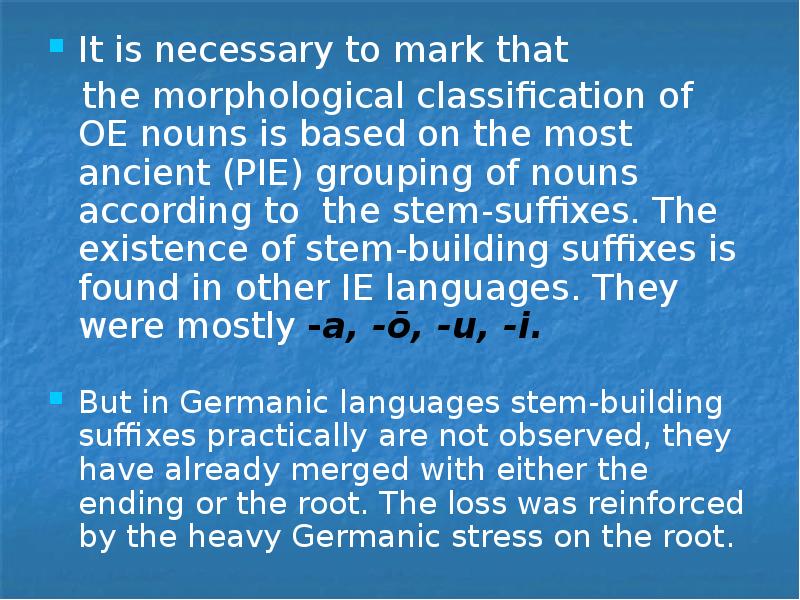






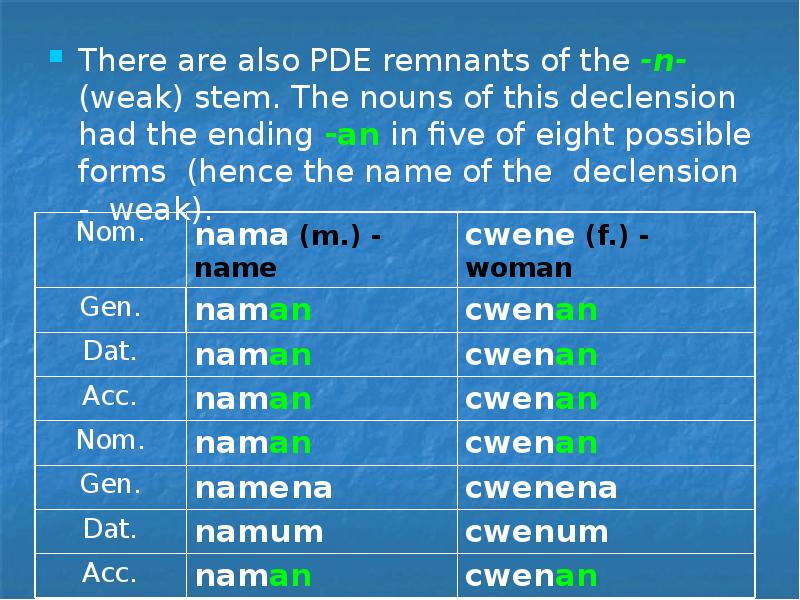
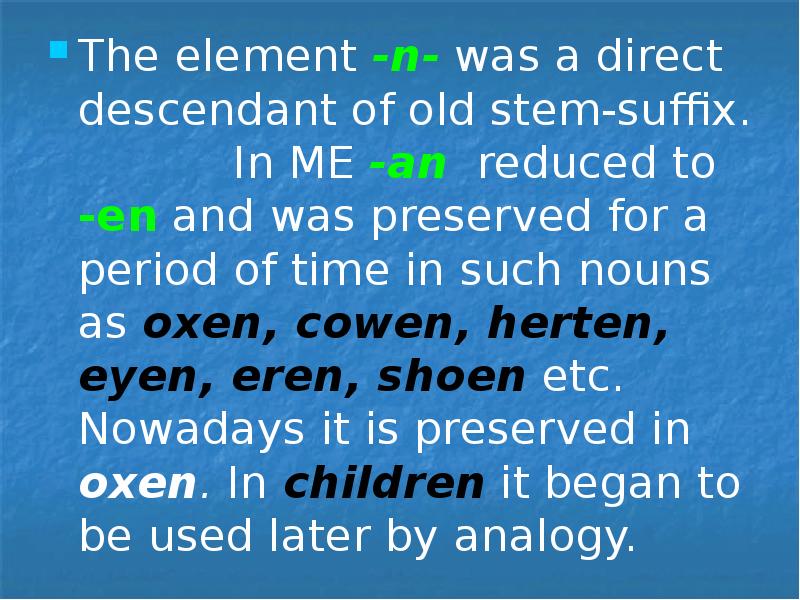
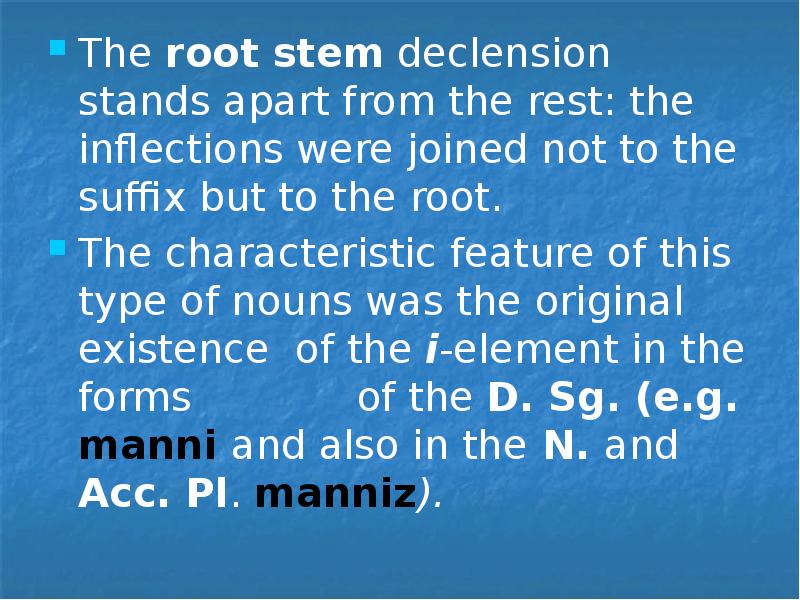
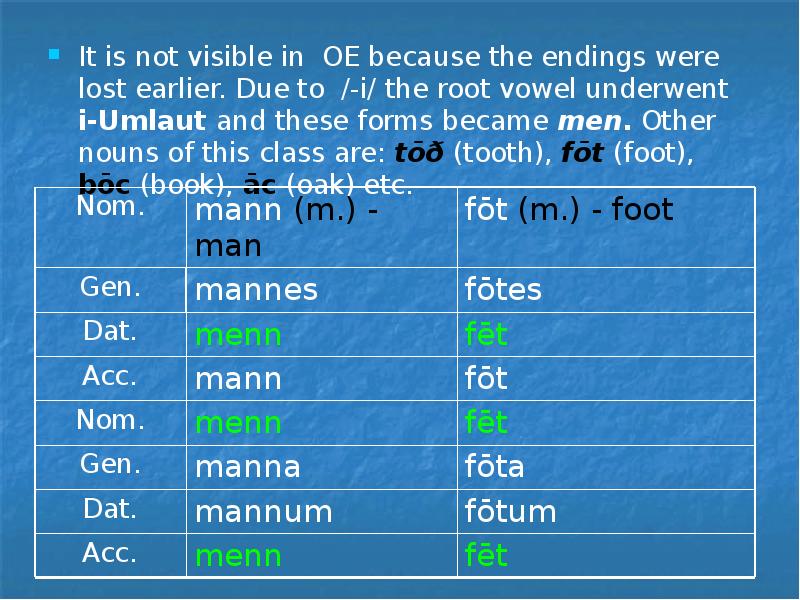
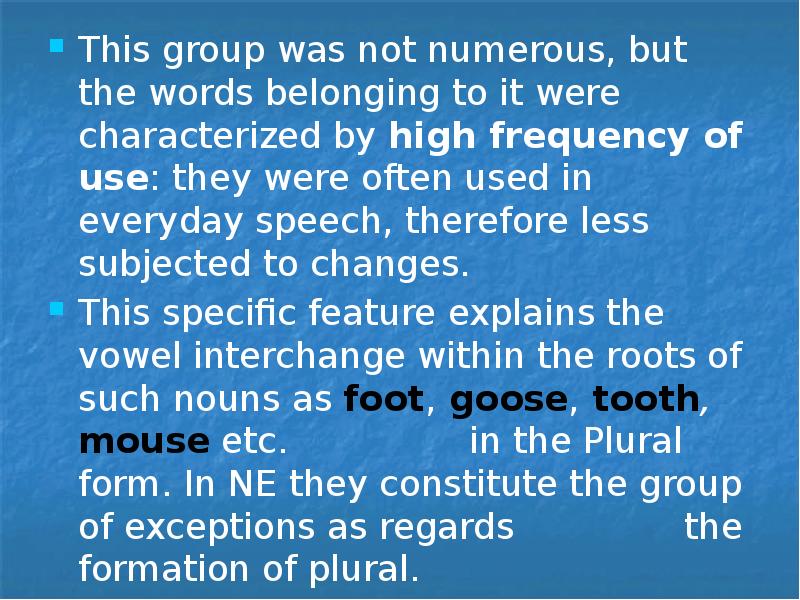
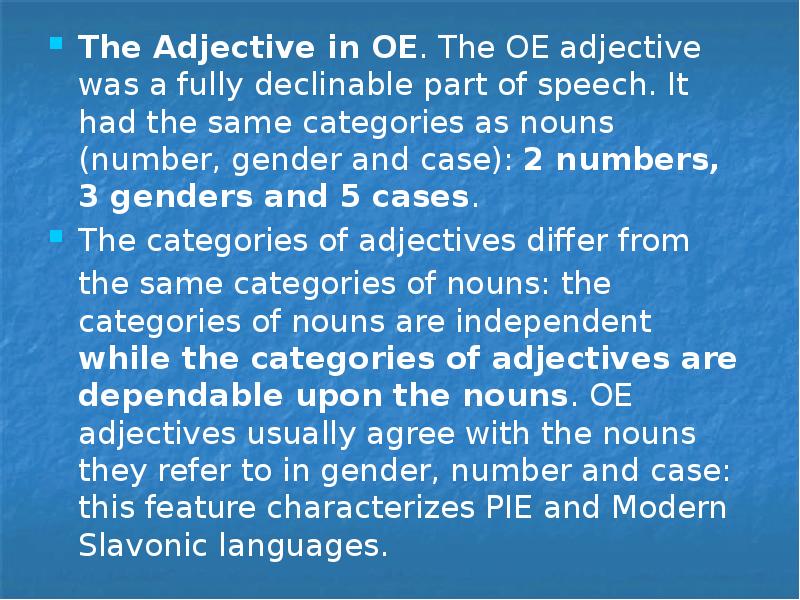
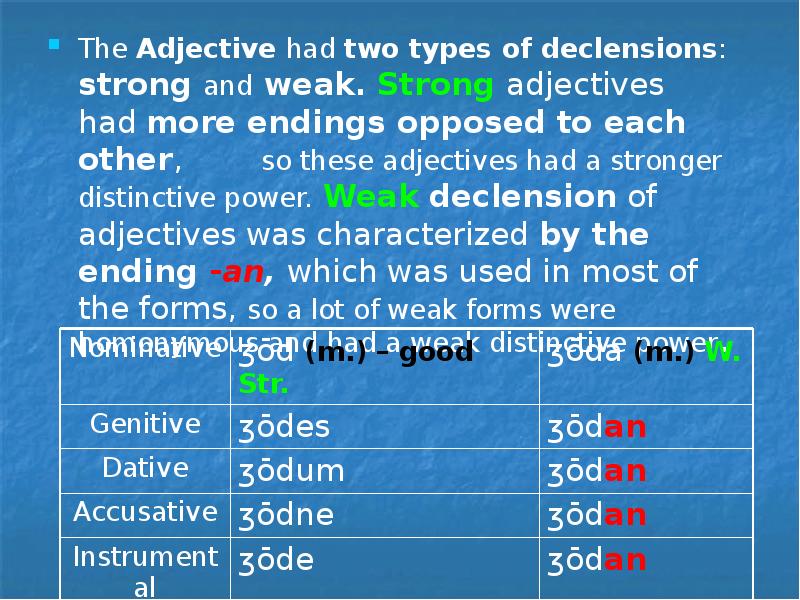
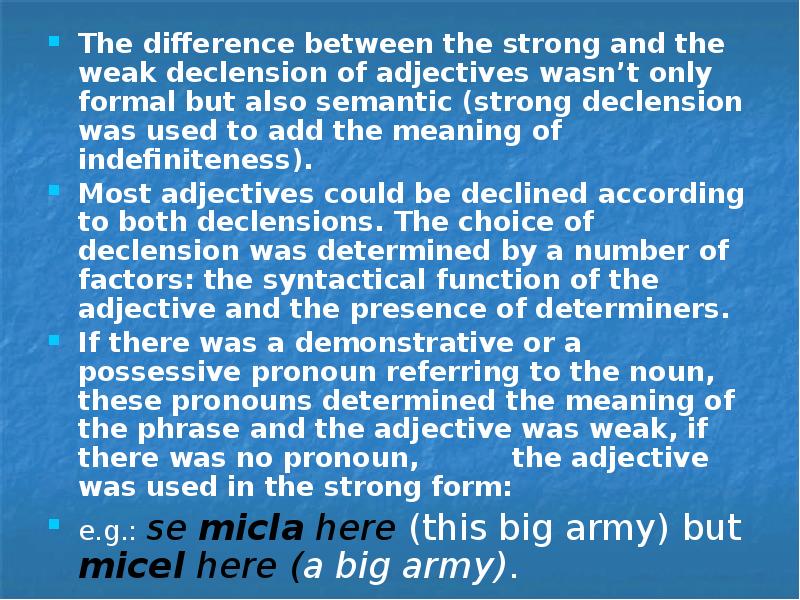
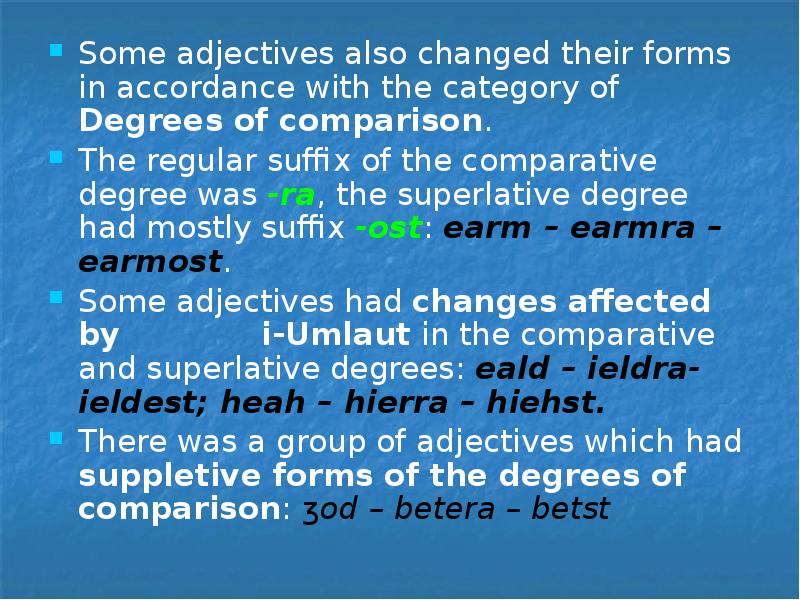
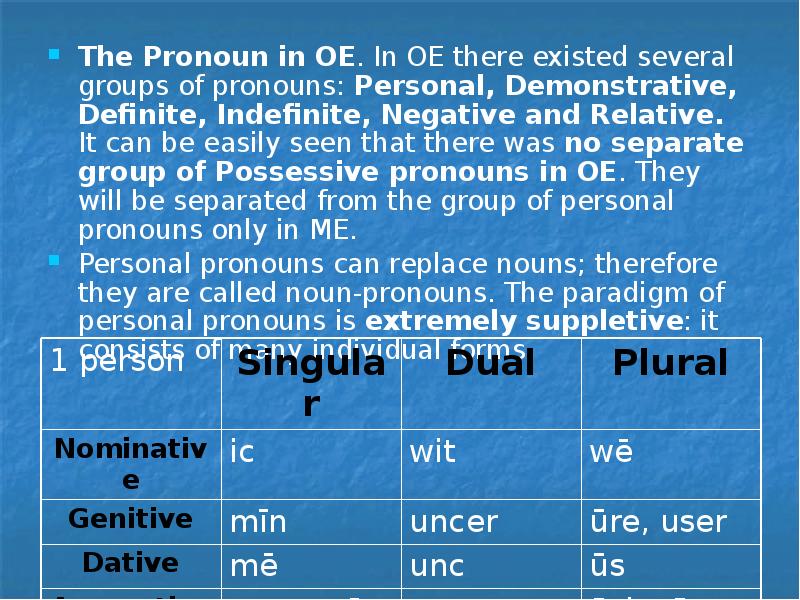
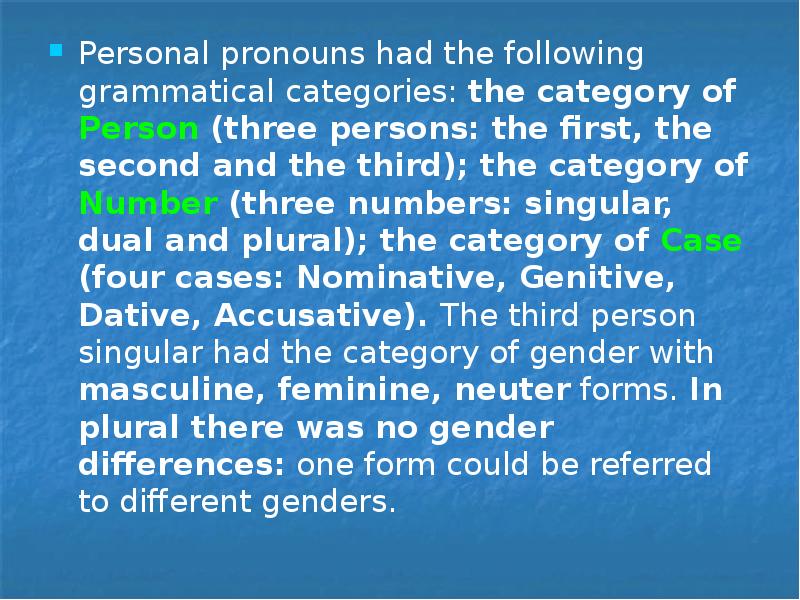
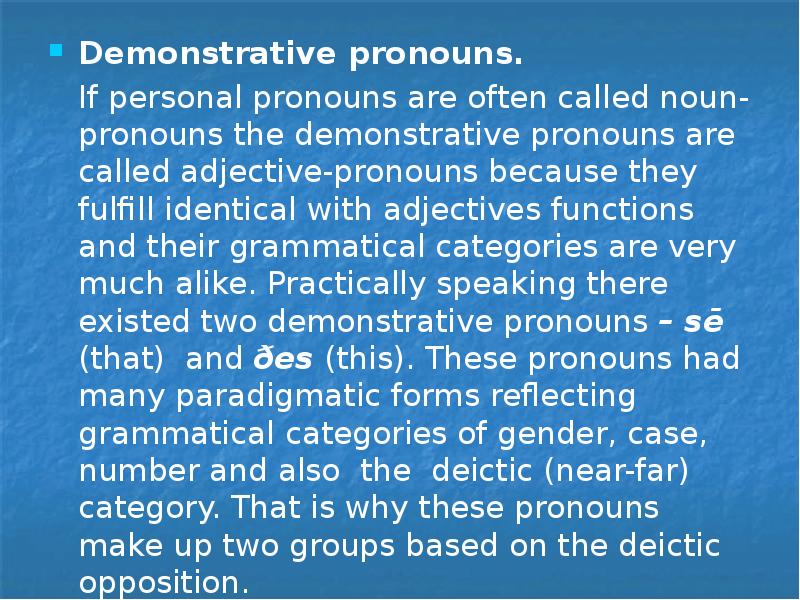
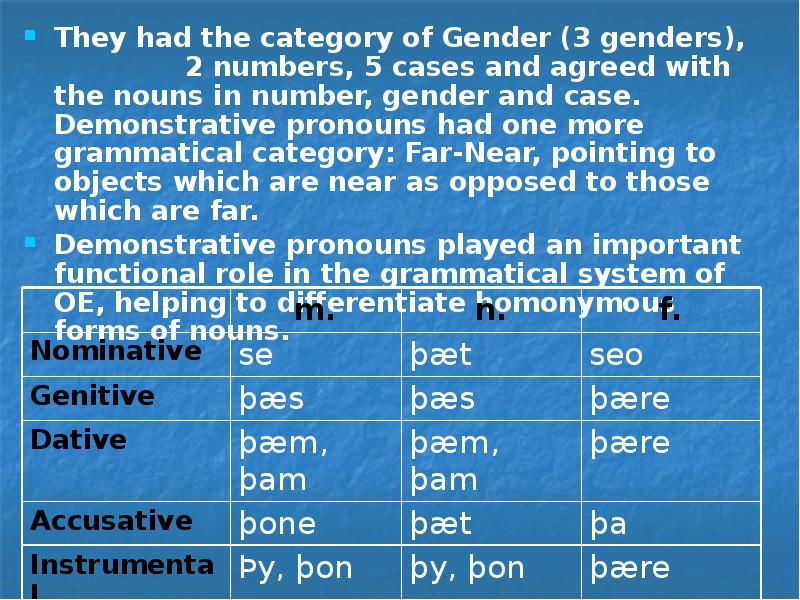
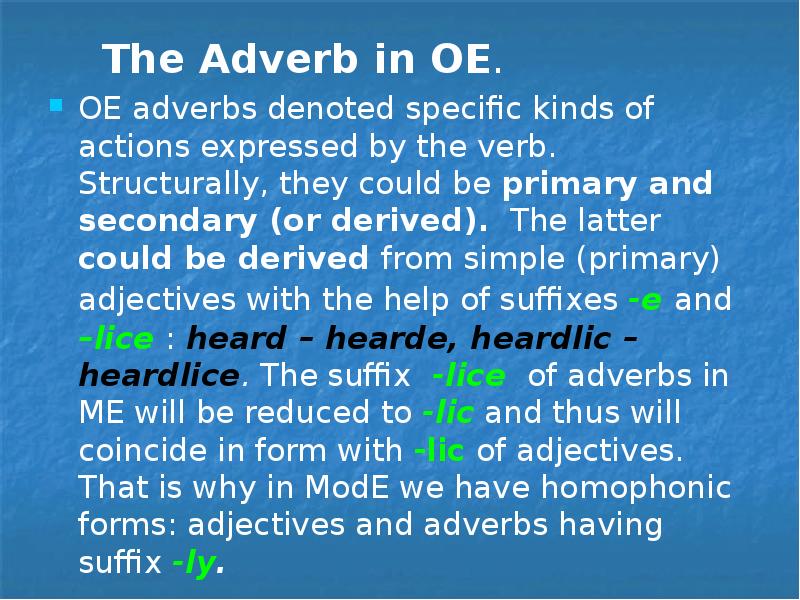
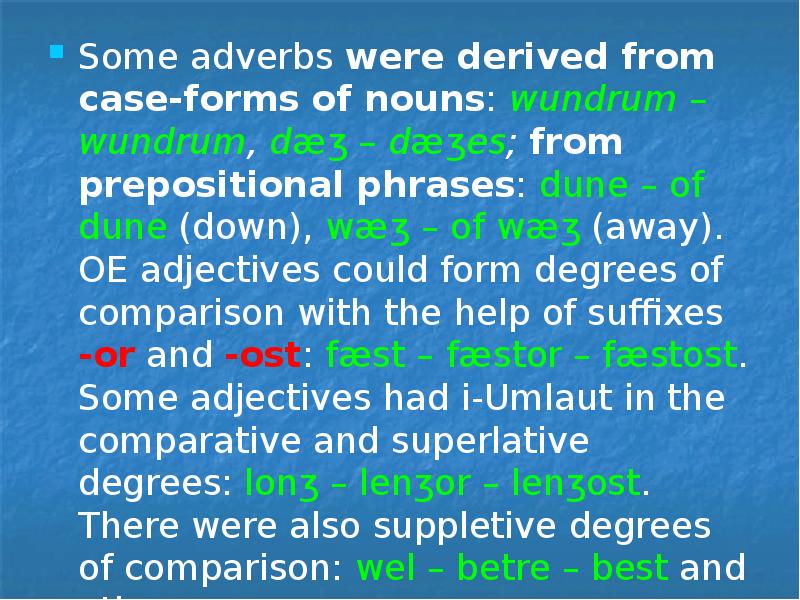

Слайды и текст этой презентации
Скачать презентацию на тему KYIV NATIONAL LINGUISTIC UNIVERSITY можно ниже:
Похожие презентации





























